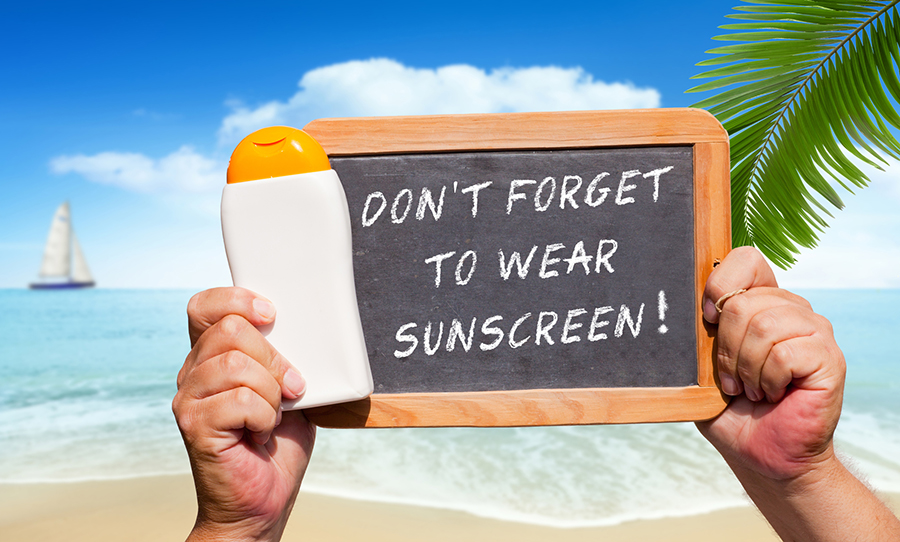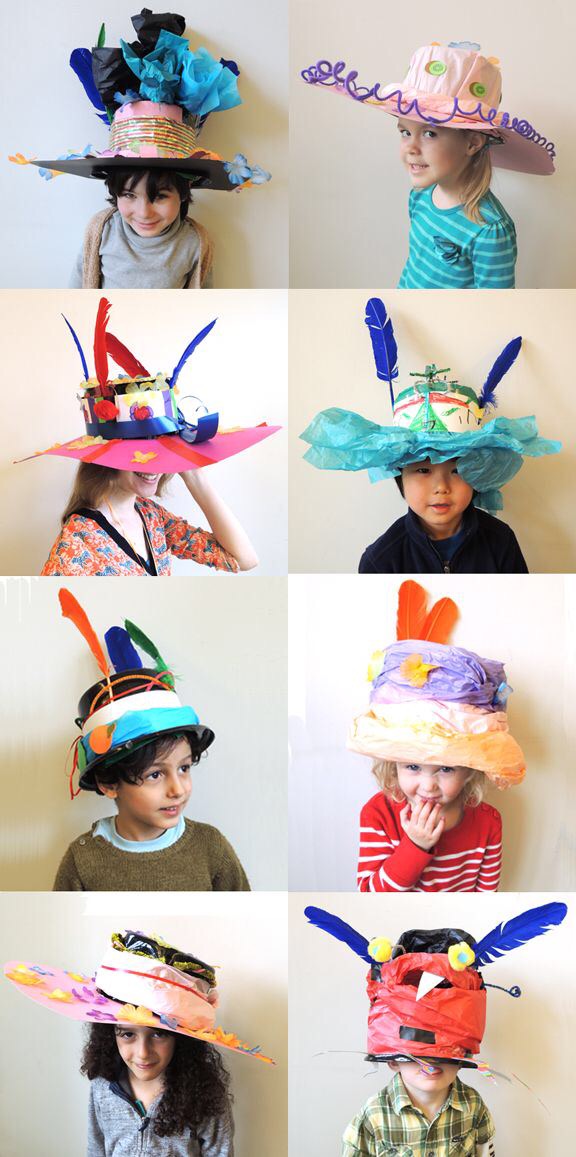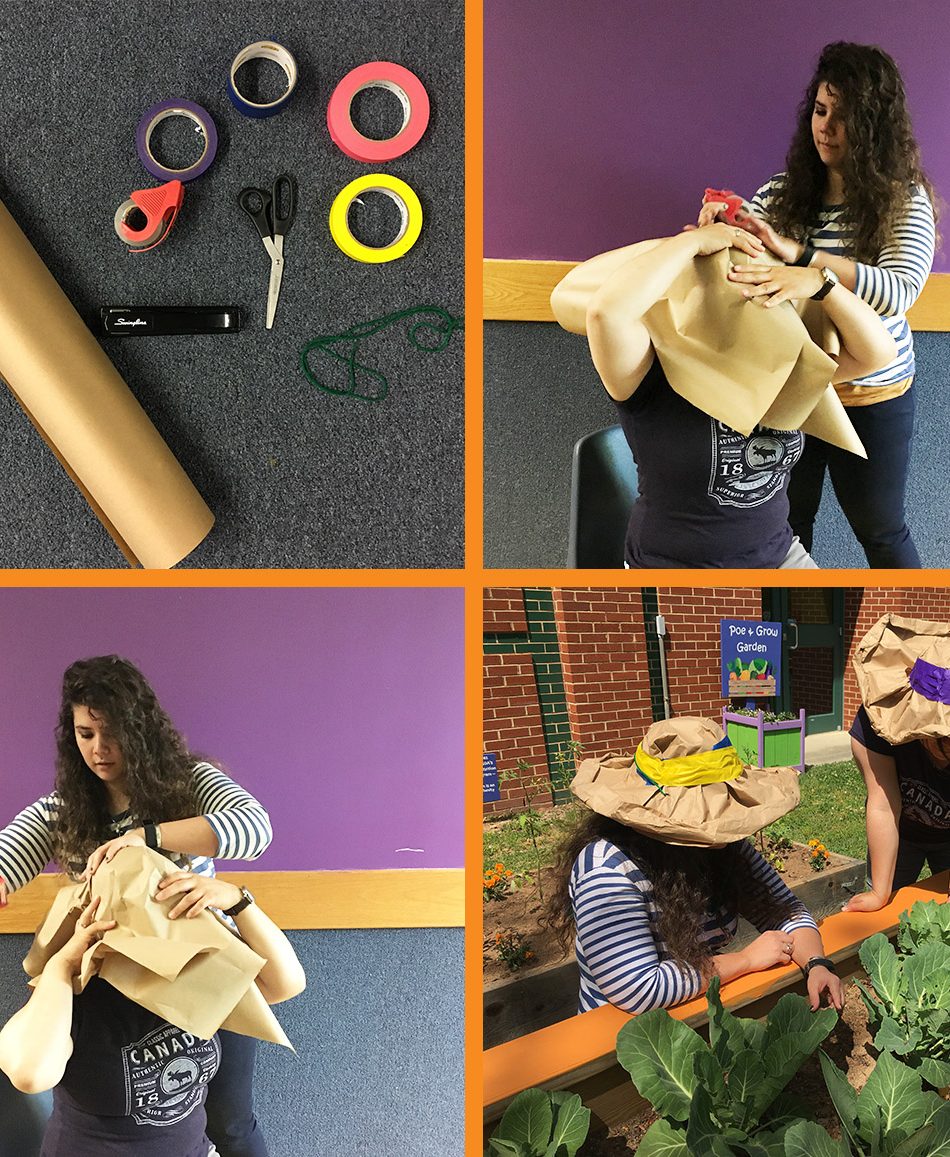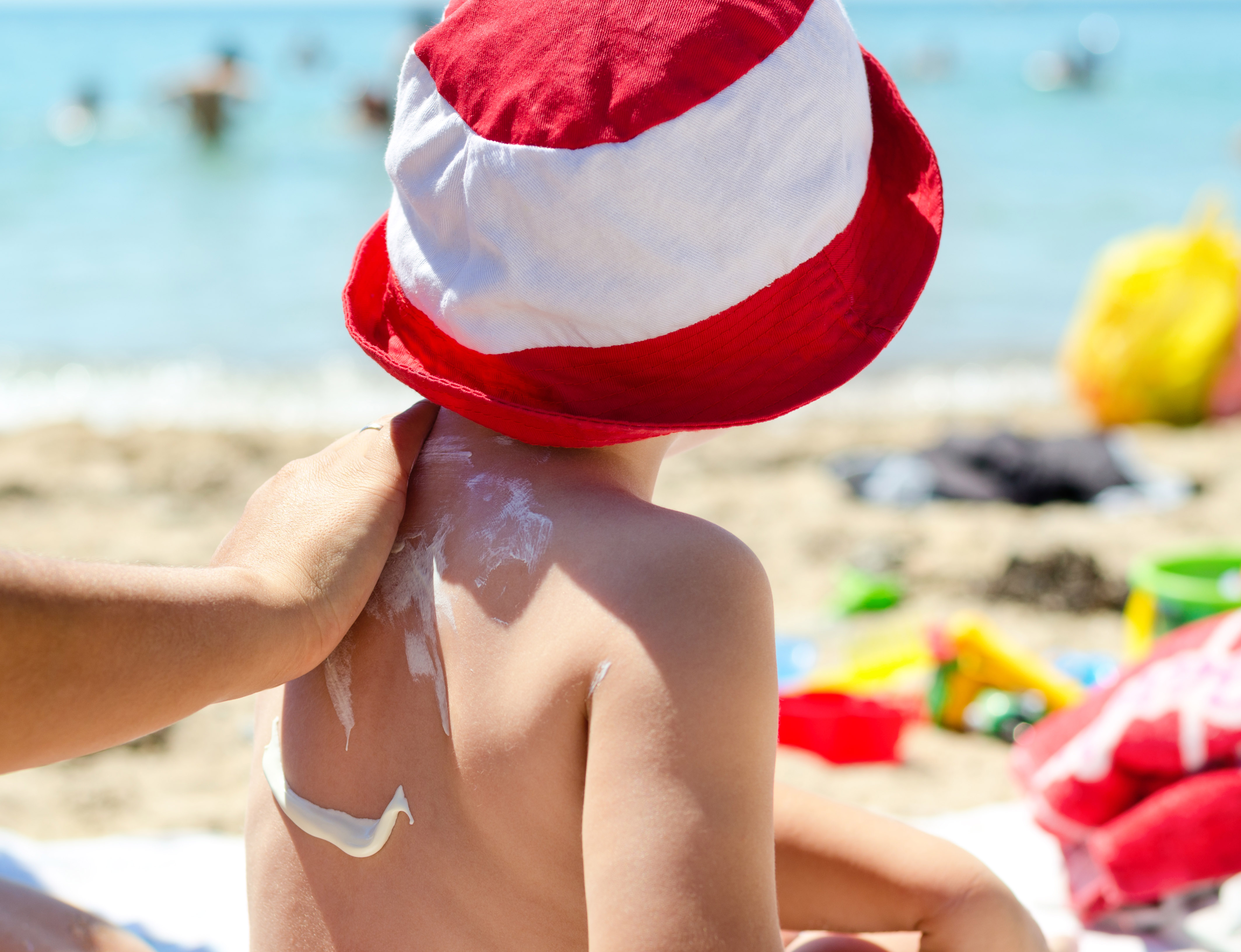
Beyond Sunscreen: Tips for Summer Safety
Cammie Bates – LAT, ATC, MPhys
Summertime is finally upon us, which also means it’s time to get outside and explore the great outdoors. Before you lace up those running shoes or don your new bathing suit, take a few minutes to consider summer’s unique safety challenges. The days are longer, hotter, and more humid, so it’s important to stay aware of weather, sun, hydration, water, and critter safety concerns.
Sun Safety:
It’s important to be sun safe all year long, but summer’s intense rays make this time of the year particularly critical. Rays are most intense between 10 a.m. and 4 p.m., which could lead to skin damage from ultraviolet (UV) rays. To avoid intense sunlight, check your shadow! If your shadow is shorter than you, the rays are too intense, and it is time to seek shade.
A common misconception is that sunscreen will protect your skin all day long. Sunscreen is only effective for up to two hours and needs to be applied at least 30 minutes before going outside. You must also reapply sunscreen throughout the day, especially if you are sweating or playing in the water. Remember, you don’t have to be by the pool or on the beach to experience sun damage. Sun damage can happen in your backyard, in the city, or on a cloudy day.
When choosing a sunscreen, choose an SPF of at least 30. Select a lotion rather than a spray, since lotions provide fuller coverage. Consider any medications that may make your skin more sensitive to UV rays, such as acne medication or antibiotics. Check with your doctor or pharmacist if you are concerned.
Another sun protective habit is to cover up! Wear protective clothing, sunglasses, or a wide-brimmed hat. Get creative. Kids can make hats from newspapers, which makes a fun summer activity. Check out our classroom activity below for ideas.
 Hydration:
Hydration:
As heat and humidity increase during the summer, remember to stay hydrated. Continue drinking at least eight cups of water per day and more if you are playing outside or exercising. Failure to stay hydrated in the heat can cause heat cramps, heat exhaustion, or even heat stroke. Learn the signs of each here.
Thirst is not an accurate measure of hydration, so make sure to drink up even if you don’t have the urge. Keep a water bottle nearby and enjoy hydrating foods, such as watermelon, strawberries, peppers, or celery. Add some pizzazz to your water by dropping in fruit, or make iced tea. Avoid sugar to keep your drink a healthy one.
Water Safety:
Swimming is a great way to be active during the heat of the summer. However, there are safety tips to keep in mind:
- When hanging out near bodies of water, make sure everyone can swim or is supervised and safe.
- Supervise children even if a lifeguard is on duty.
- Anyone under the age of 13 is required to wear a life jacket when boating, but encourage everyone, even adults, to wear them as well.
- Swim near lifeguards and educate everyone about rip currents when at the beach.
- Caught in a rip current? Don’t panic. Swim parallel to the shore until you escape the current.
- Seek shelter during inclement weather.
Bug/Critter Safety:
Bugs and other critters tend to thrive during the summer months. Be on the lookout for critters and make sure to check yourself and children before returning indoors.
Ticks can cause serious complications if not found and treated, so check your entire body when you come inside. Remove any clothing that may contain ticks and shower and wash as soon as you’re done with outdoor activities. If you do discover a tick, don’t fret. Grab a pair of tweezers, place them around the tick as close to your skin as possible, and pull the tick out. A thick credit card can help with removal if tweezers are unavailable. If you do notice a tick, pay attention to your body for the next few days. If you feel sick or develop a rash, go to the doctor.
Mosquitos pose a similar threat, as they can carry viruses as well. Protect yourself with insect repellant. Repellents with DEET offer 2-12 hours of protection, depending on the percentage of DEET in the product. These products are considered safe for normal use by the Environmental Protection Agency (EPA).
Being active and playing outside during the summer is good for your brain and body! Following basic safety practices helps avoid potential dangers and ensures everyone can thoroughly enjoy all that summer-time fun. Follow @PoeCenter on Twitter using the hashtag #PoeFit for more tips for a safe and healthy summer.
Resources:
CDC: Make Summer Safe for Kids
Parent: 10 Rules for Summer Safety
American Cancer Org: Be Safe in the Sun
American Academy of Pediatrics: Sun Safety and Protection Tips
American Heart Association: Staying Hydrated – Staying Healthy
Johns Hopkins Medicine: Heat-Related Illnesses (Heat Cramps, Heat Exhaustion, Heat Stroke)
American Academy of Pediatrics: Swim Safety Tips
For the Classroom: Making Sun-Safe Hats
Grades: Elementary students
Objective: Learn how to make a sun safe hat that is fun to make, decorate and wear!
 Make a sun hat! Remember hats that cover the eyes, face, neck, and ears offer the most protection from the sun.
Make a sun hat! Remember hats that cover the eyes, face, neck, and ears offer the most protection from the sun.

Here is what you need to make your own sun hat!
– 3-4 full-size newspaper sheets or butcher block paper
– Tape
– Stapler
– Decorations- ribbon, flowers, markers, tape, etc.
To begin, lay the 3-4 sheets of newspaper, unfolded, on top of each other at various angles.
Pick up the stacked newspapers and place them at the center of the child’s head. Begin to shape the hat by pushing the paper down, forming it around the shape of the head.
Once the crown/top of the hat is shaped, tape around the head just above the eyes.
After you have taped the shape of the hat, fold, roll, and staple the edges to create the circular shape of the brim. Now you’re ready to decorate!
Check out this page for more inspiration.
 Featured Poe Program: Summertime Safety
Featured Poe Program: Summertime Safety
Grade Level: Kindergarten – 5th
Program Length: 45 minutes
Safe outdoor fun is the focus of this program. Children learn about protection from the sun, signs of overheating and dehydration, safe warm weather exercise and nutrition, poisonous plants, bug bites and more. Be active, stay safe, and have safe fun in the hot sun.

